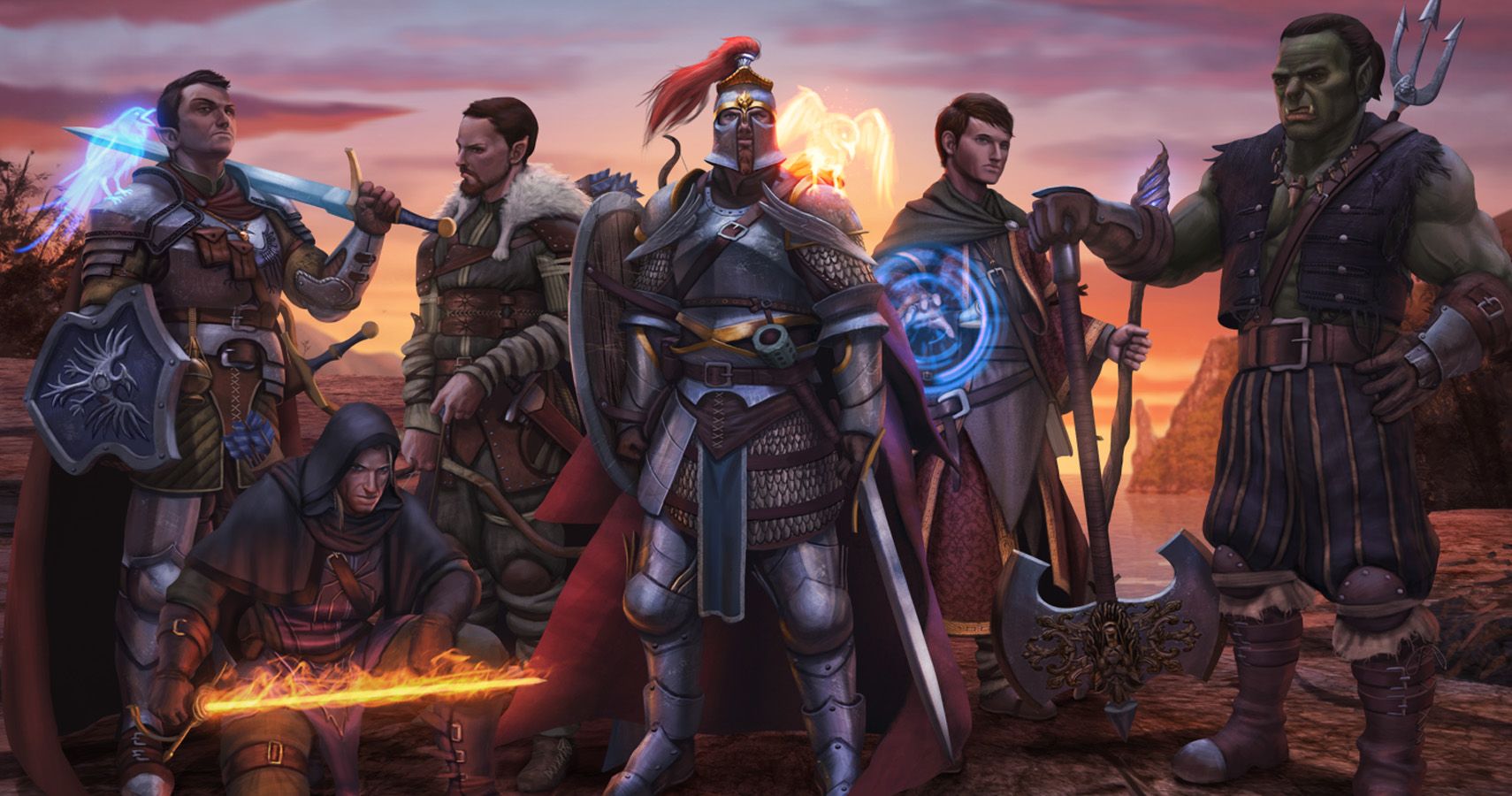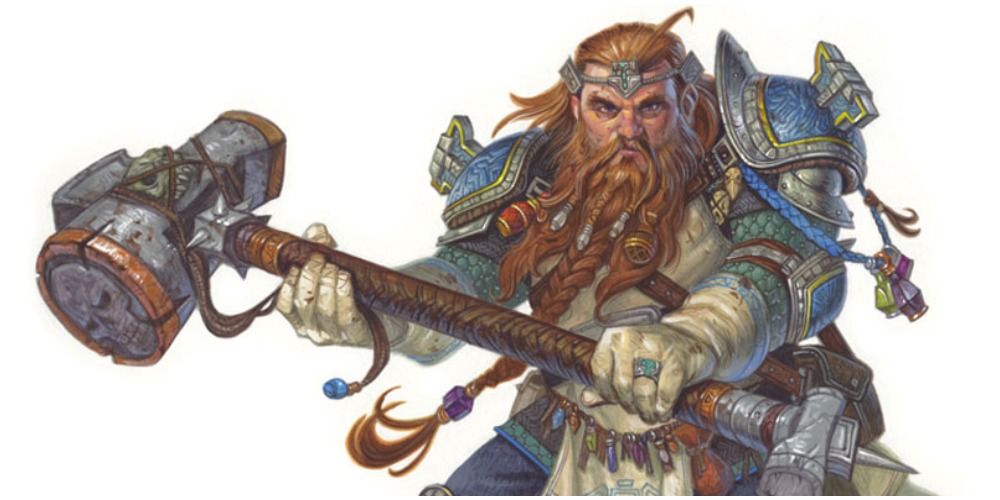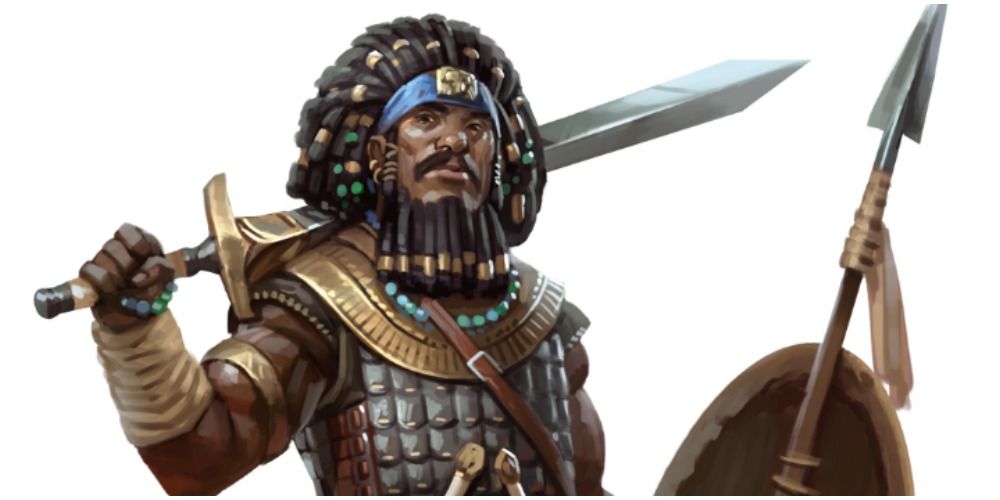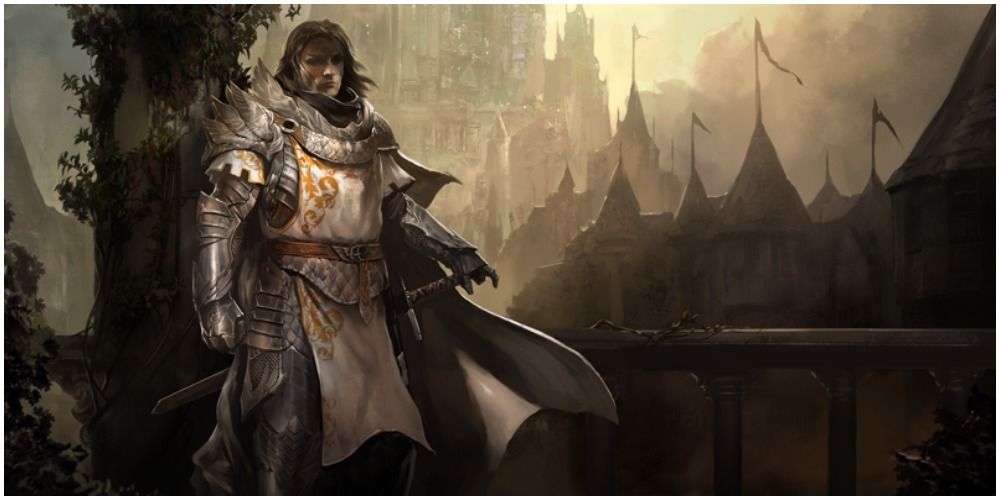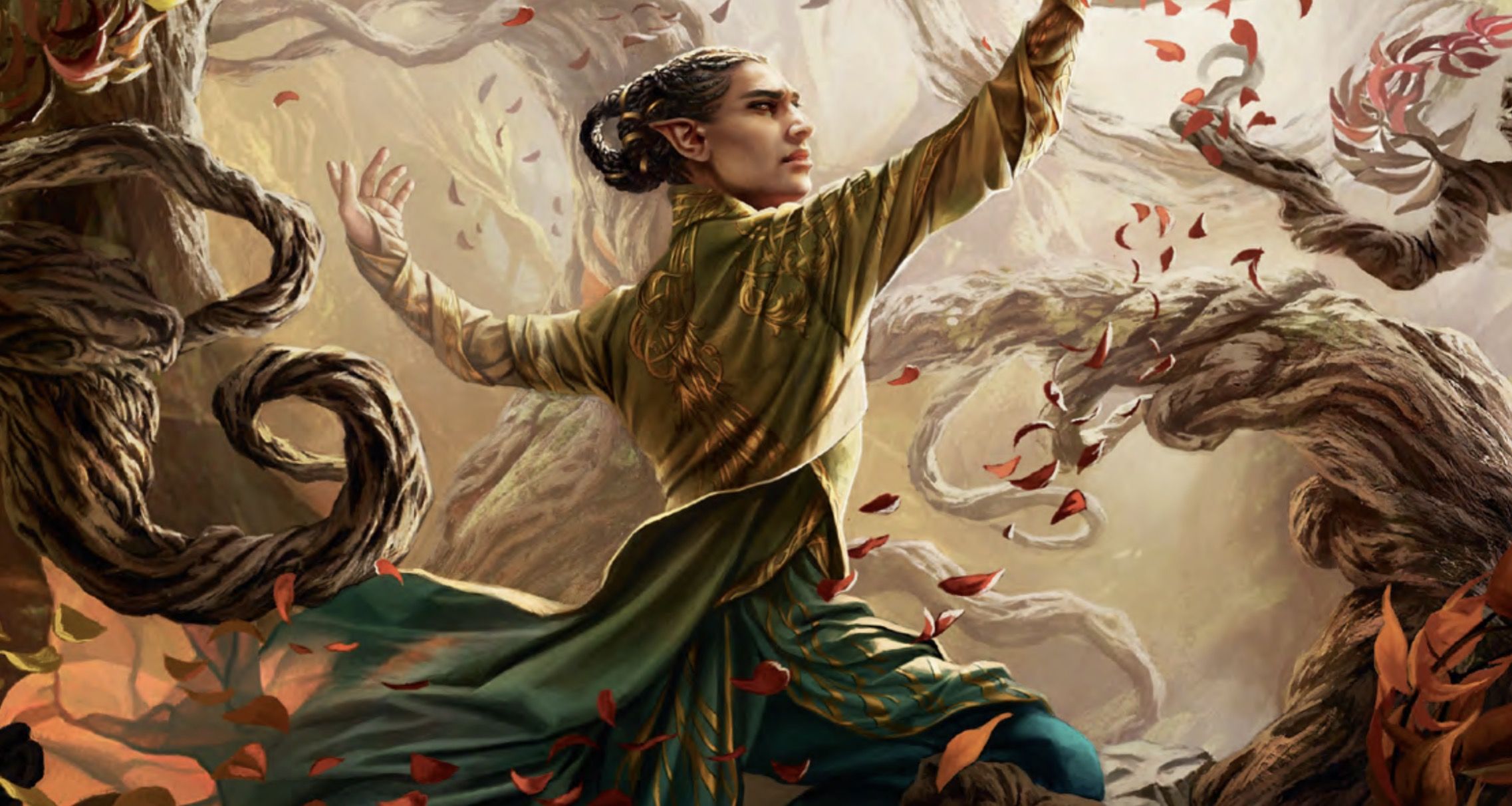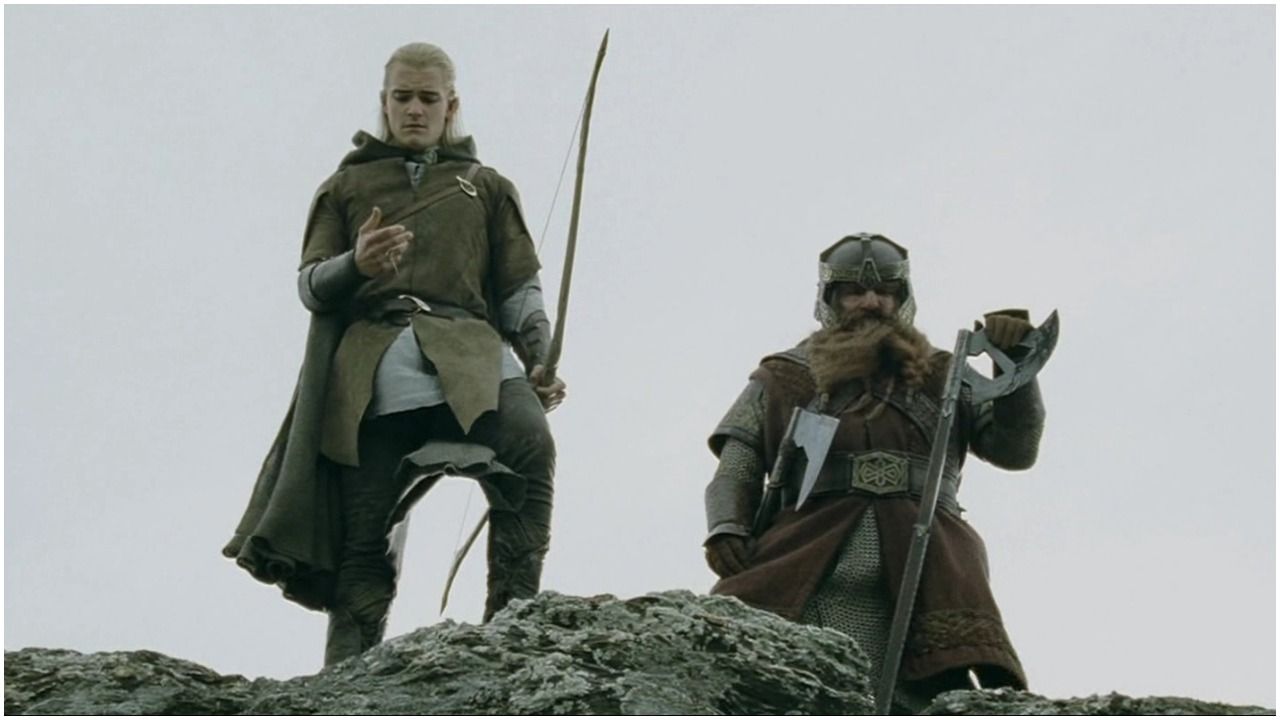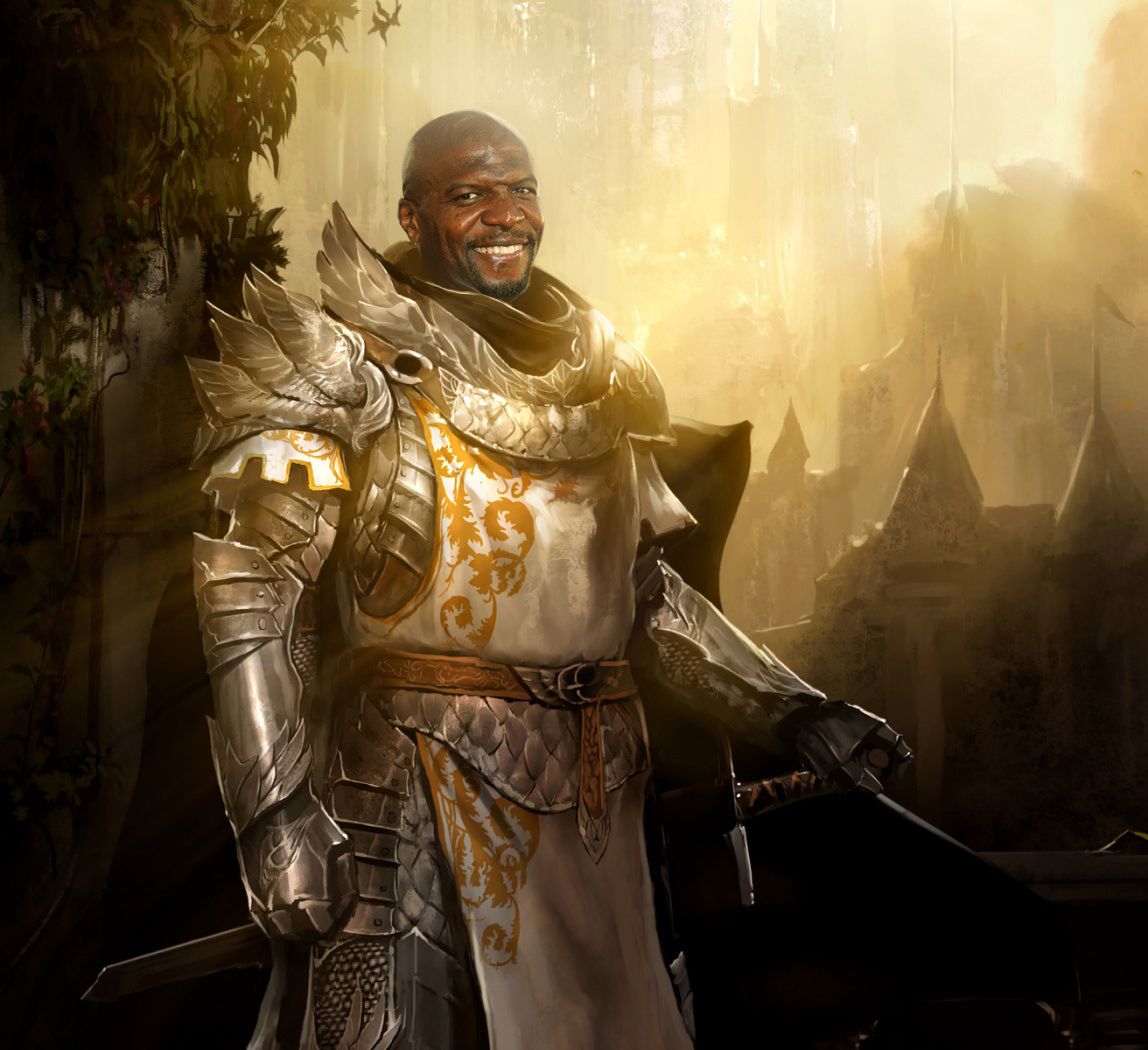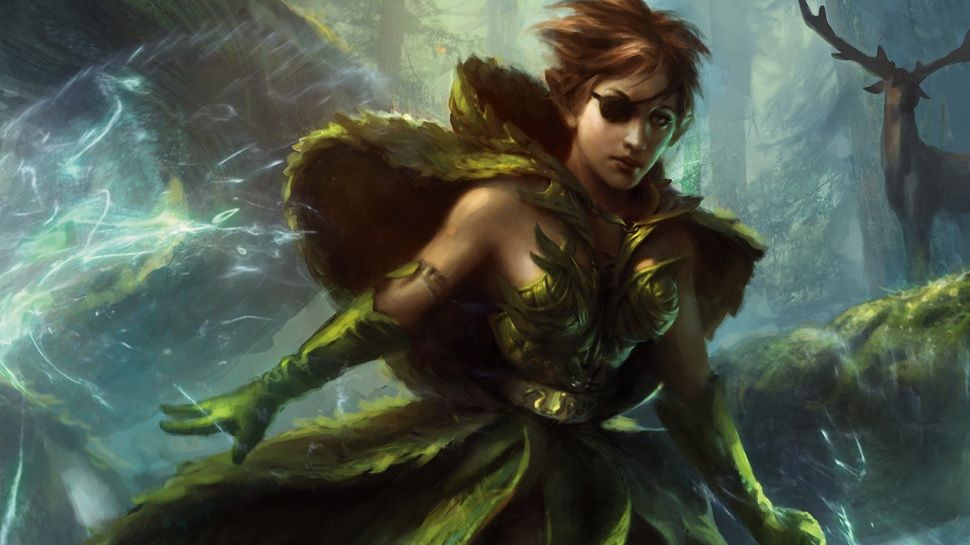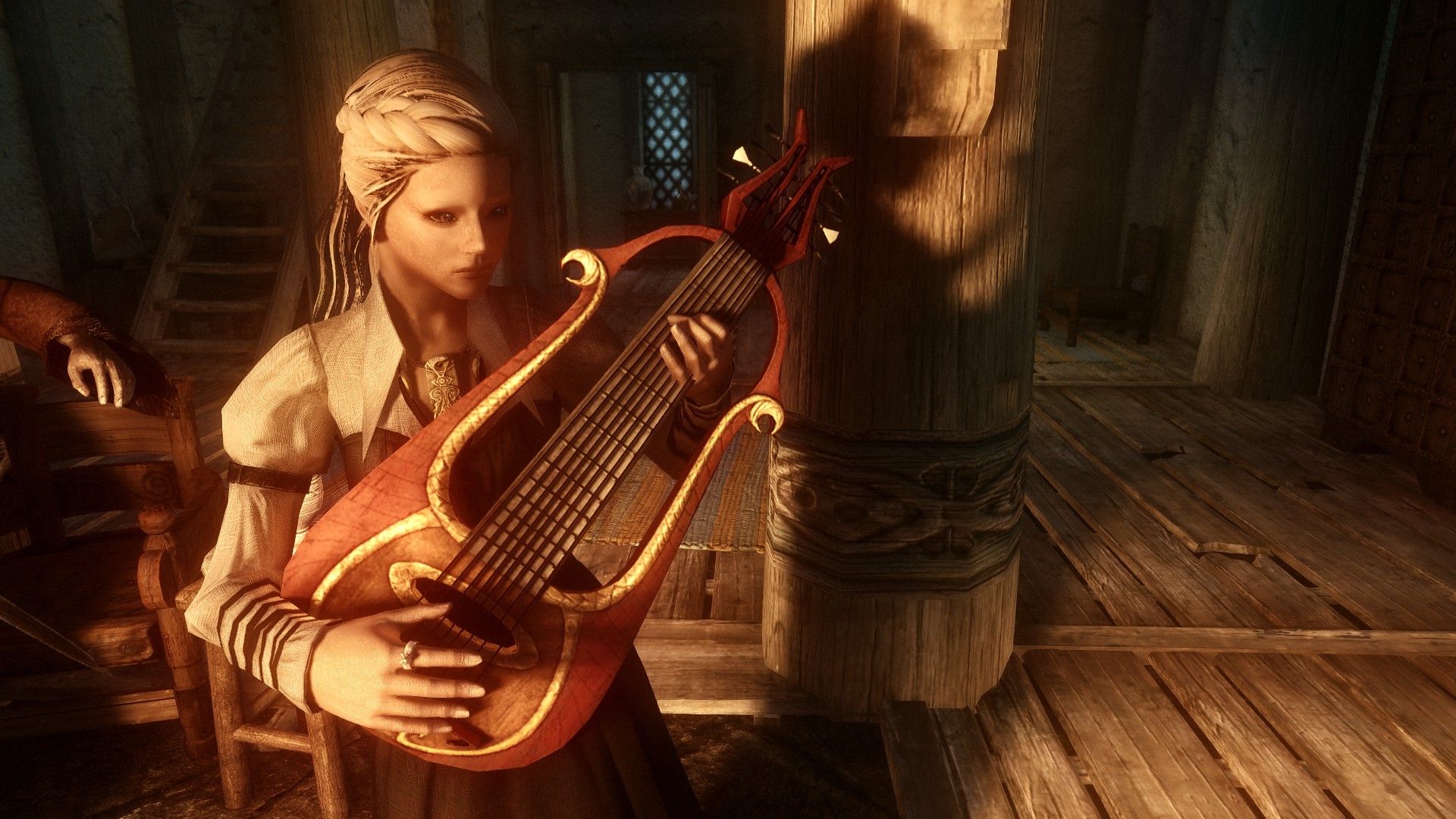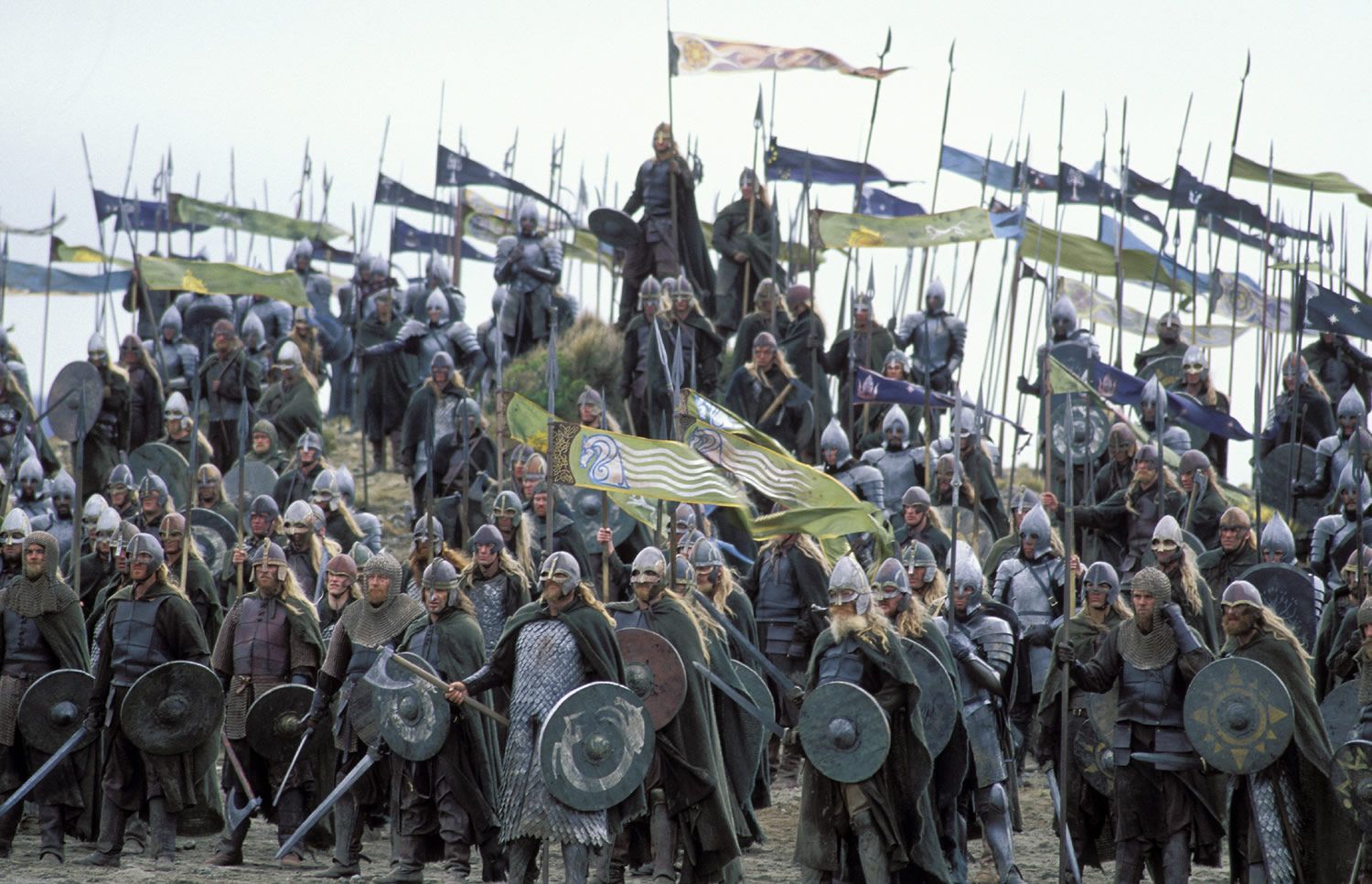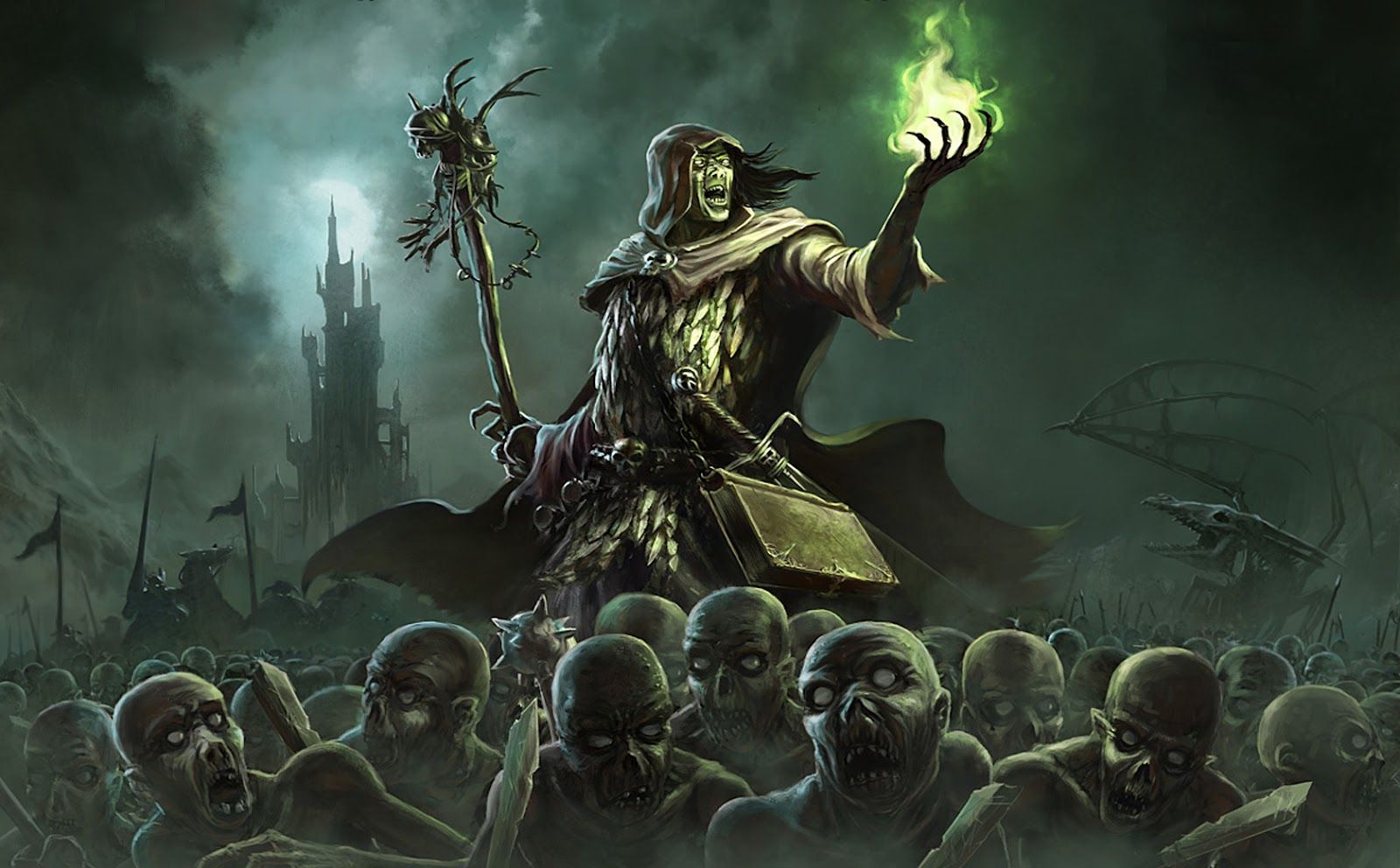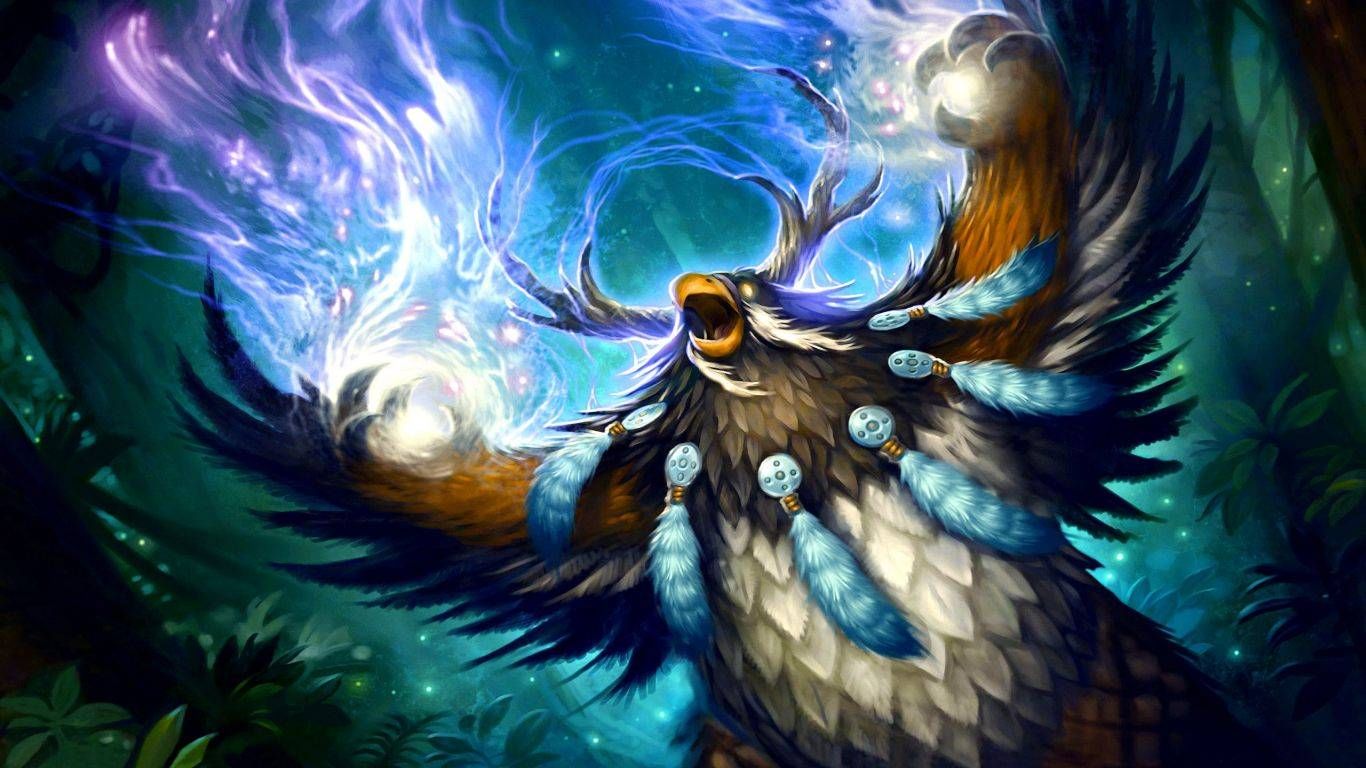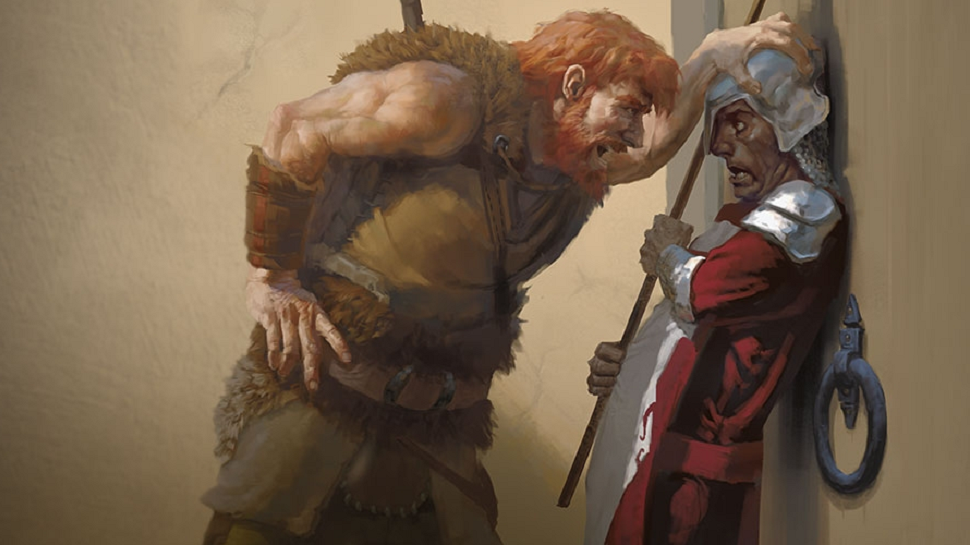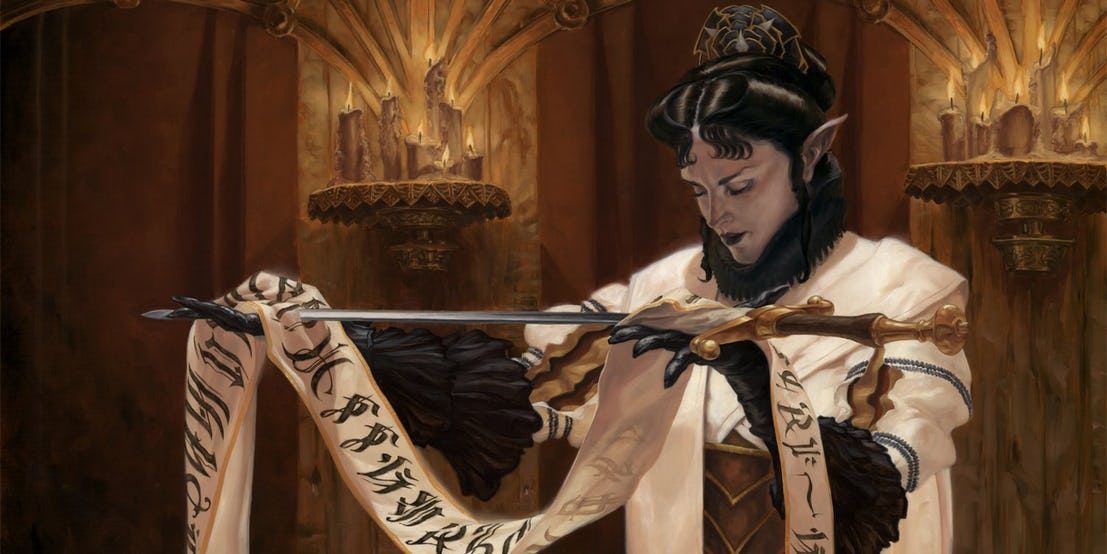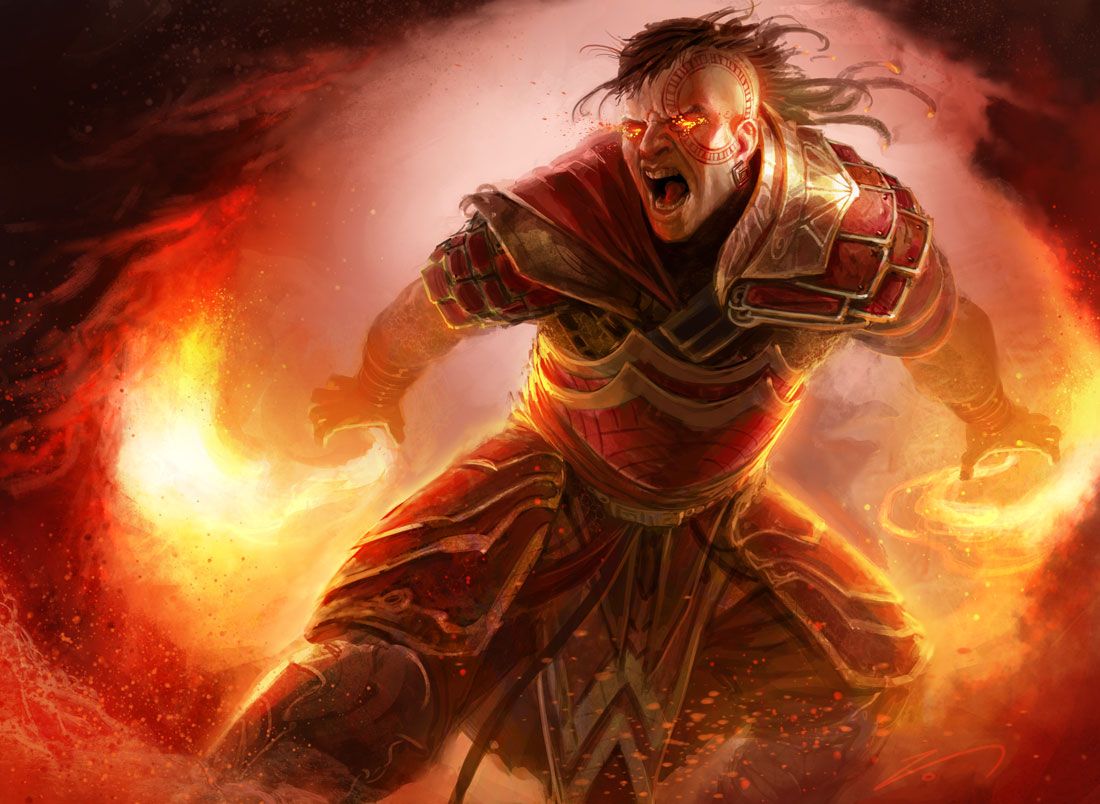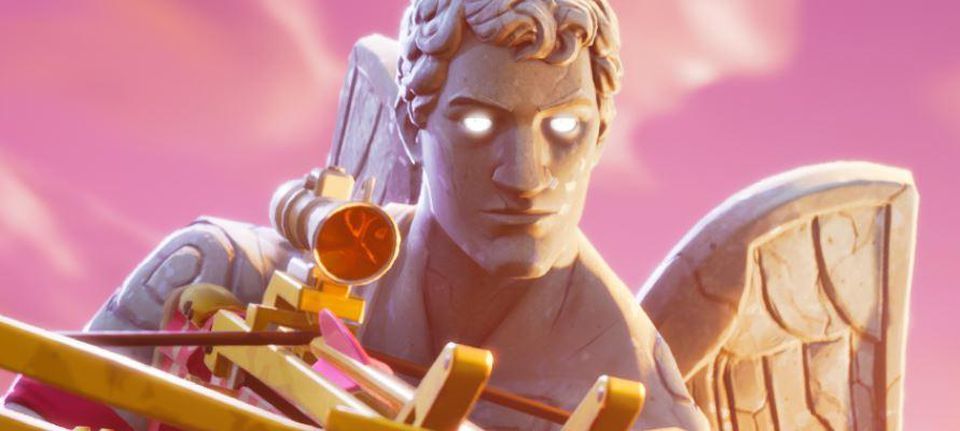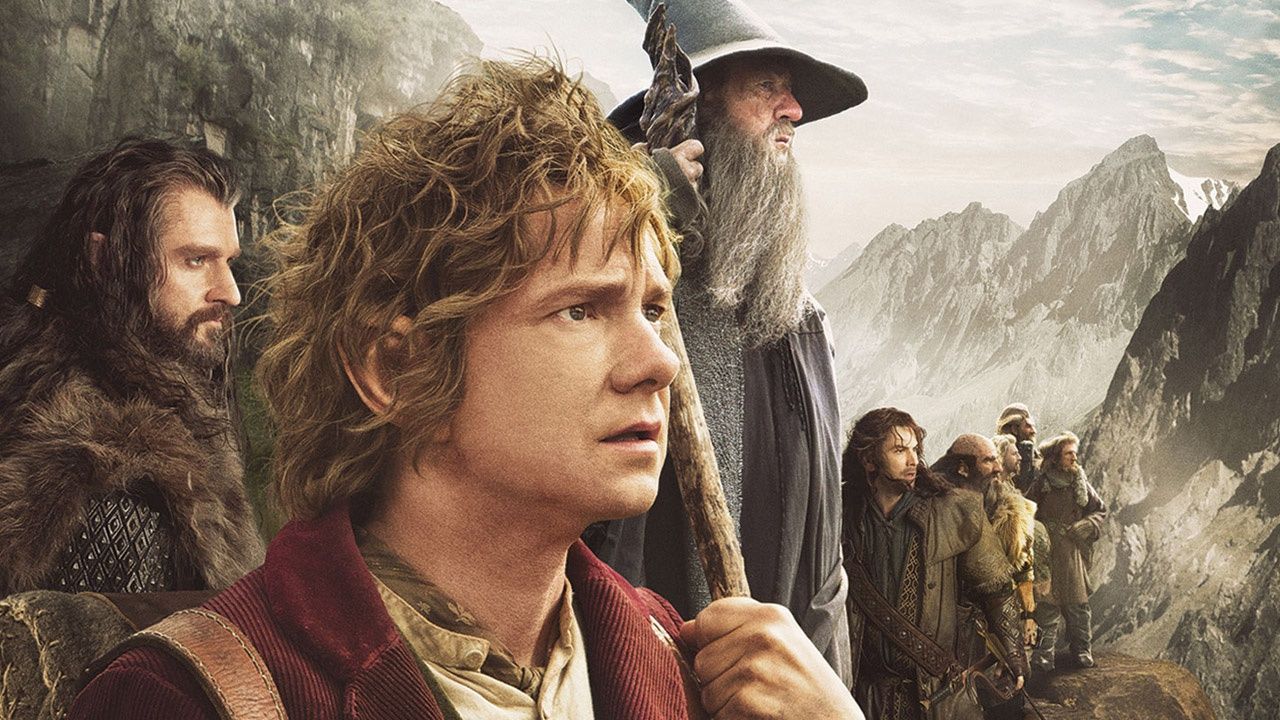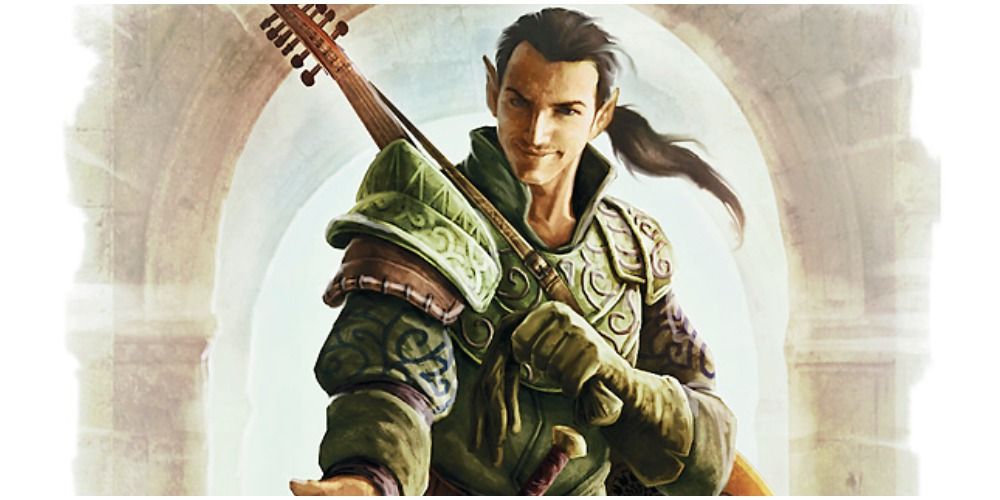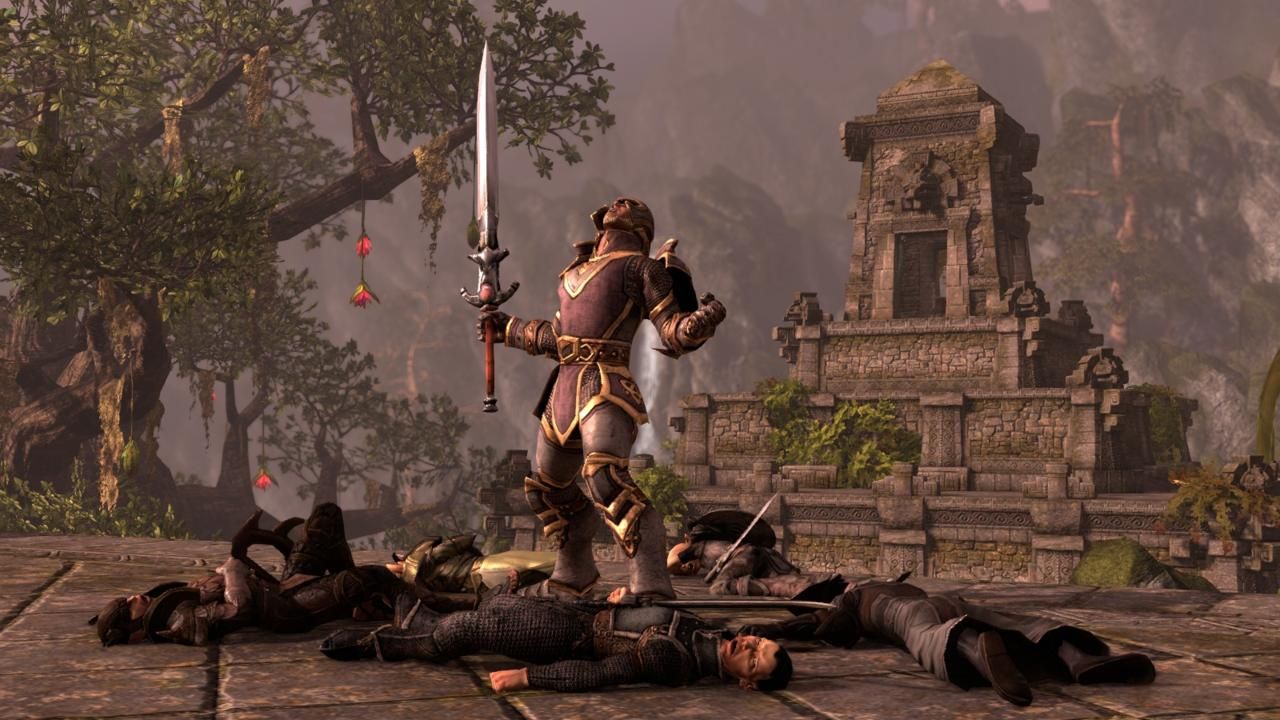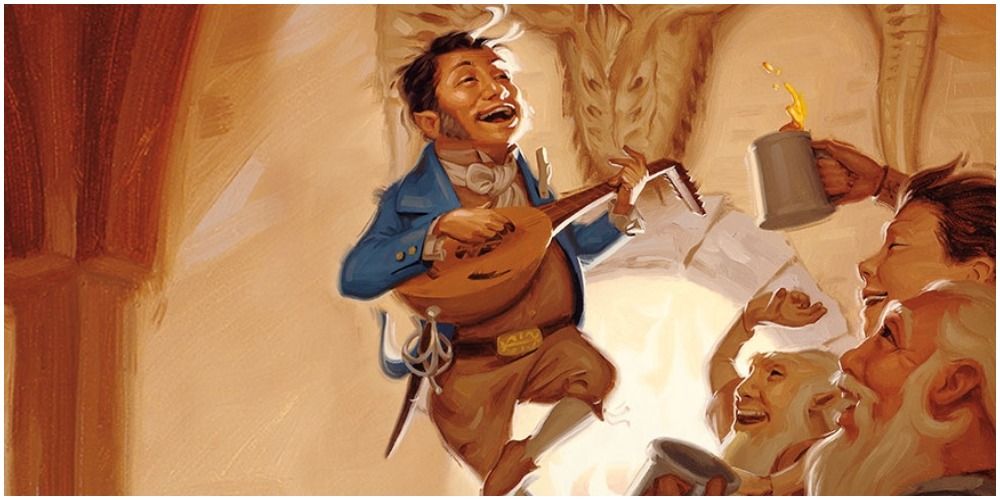Dungeons & Dragons has changed a great deal since its creation, which has been helped by the numerous different writers who have learnt from the mistakes of their predecessors and have managed to improve the game with each new iteration of the rules.
One of the biggest changes to Dungeons & Dragons has come in the form of the character classes, which have had their abilities altered many times over the years. The basic class/party structure of the melee tank, the healer/buffer, the sneaky one, and the frail wizard has remained a constant throughout the series, but the exact nature of each class' powers has changed with each edition.
The current edition of Dungeons & Dragons has done well at keeping the game balanced while making all of the classes feel distinct, but the same isn't true of the older versions of the classes, which were tough in terms of game balance and how little sense they actually made. We are here today to see how the iconic Dungeons & Dragons classes have changed since their inception - from the strange restrictions on the weapons used by holy men, to the lost power of the bard class.
Here are Twenty Ways Iconic Dungeons & Dragons Classes Used To Be Totally Different!
20 Clerics Were Banned From Using Edged Weapons
Clerics represent the middle-ground between armored warriors and spellcasters, due to the fact that their magic isn't as complex as the kind performed by mages, which gives them the time to train in martial skills.
One of the most bizarre class restrictions in Advanced Dungeons & Dragons was the fact that clerics could only use bludgeoning weapons. This is due to the fact that they are supposed to be reluctant to cause violence. This restriction makes sense for priests of good gods, but clerics of the gods of gore are also bound by the same rules.
19 Fighters Only Had One Special Ability
The term "fighter" might be the broadest definition of a character class in Dungeons & Dragons, as there are so many different professions that could fall under that banner.
The version of the fighter class in Advanced Dungeons & Dragons somehow managed to be uniform, as they only possessed one unique ability and that was weapon specialization, which gave them some extra combat modifiers when using a specific kind of weapon. This meant that every other class in the game received more abilities than the fighter.
The third edition of Dungeons & Dragons overhauled fighters so that they gained more feats than any other class, making them the most versatile class in the game.
18 Humans Were The Only Class That Could Become Paladins
Paladins receive some of the best abilities in Dungeons & Dragons but they were balanced out by the fact that they had to strictly adhere to the lawful good alignment. If you received so much as a parking ticket (presumably for your mount) then a vindictive DM could steal all your powers away.
One of the strangest restrictions on paladins in Advanced Dungeons & Dragons was that only humans could take up the class. It never made sense why the more lawfully inclined dwarves couldn't also take up the cause, as they generally make for superior paladins.
17 Elves Couldn't Be Druids
The druid class has always been problematic, due to being overstuffed in terms of their abilities, as they were full spellcasters with a range of class features, who also received animal companions and could also hold their own in a fight.
The power of a druid is tied to nature, so you would think that the tree-hugging races would be perfect for the class.
In Advanced Dungeons & Dragons, only humans and half-elves could become druids. This meant that elves, the most nature-loving race in game, couldn't become the champions of the wilderness.
16 The Demihuman Races Were Once Classes
The first two choices that most players make when creating their character is determining the combination of class and race that they want to use. The recent editions of Dungeons & Dragons have made it possible for many bizarre combinations to be used in the game.
In the Dungeons & Dragons Basic Set, the demihumans had their race as their class. This meant that you could have a party made up of a human fighter, a human magic-user, and an elf... just an elf.
The dwarves, elves, and halflings used their race as their class and could gain levels in being a dwarf, elf, or halfling.
15 Paladins Once Had A Limit On The Number Of Magic Items They Could Use & They Had To Pay A Tithe
The creators of Advanced Dungeons & Dragons really had it in for paladins, as they were weighed down with numerous restrictions in order to gain their powers.
A paladin in Advanced Dungeons & Dragons had to be a human of lawful good alignment with a Charisma stat of at least 17. The paladins were further penalized by being limited in the number of magic items they could carry, with ten being the total amount that they could own. They could not own more than one magical suit of armor or shield and were limited to four magical weapons.
Paladins also had to give 10% of their total wealth to charity or to their church at all times.
14 Monks Could Talk To Animals & Plants
Monks were one of the original classes in the first Player's Handbook, but they were absent from the basic Advanced Dungeons & Dragons rules.
The monks would return in the third edition of Dungeons & Dragons as martial arts masters who possessed quite a few unique class features.
The original monks that appeared in the first Player's Handbook received some unusual abilities, such as the ability to talk with animals and plants. These powers are the same as the ones gained by druids, yet it makes no sense why monks would acquire them.
13 Bards Had A Chance Of Identifying Magic Items From Sight
The acquisition of magic items is one of the most satisfying parts of a Dungeons & Dragons adventure, but it's followed with the frustrating (and often expensive) prospect of actually identifying the powers that the items possess.
In Advanced Dungeons & Dragons, bards had a chance of being able to determine the basic functions of any magic item by examining them. The chance for this ability to succeed was 5% time their number of bard levels, which means that it didn't take long for bards to quickly know everything about magic items.
12 The Warrior Classes Received Free Followers
In the third edition of Dungeons & Dragons, there was a feat called Leadership that could be only taken with the express permission of the dungeon master. Leadership granted the character a few NPC companions who were attracted by their heroic deeds.
In Advanced Dungeons & Dragons, the warrior classes (fighters, rangers, paladins) received free followers whenever they reached a certain level, regardless of their prior reputation.
It was also possible for bards and thieves to acquire followers as they leveled up, though these usually weren't as reputable as the soldiers attracted by the martial characters.
11 Specialist Wizards Could Be Banned From Using Multiple Schools
In the current edition of Dungeons & Dragons, a wizard will choose their Arcane Tradition when they reach level two, which usually means picking a school of magic to focus on. The schools of magic will offer several different advantages to the wizards who study them.
In Advanced Dungeons & Dragons, it was far riskier to become a specialist wizard, as it meant being totally restricted from the opposition school, or even multiple schools at once. The benefit of becoming a specialist was that you could cast more spells from you chose school every day, but this advantage became less useful as you grew more powerful, as the loss of different spells outstripped the paltry few extra spells you could use.
10 There Used To Be A Limit On How Many Druids Could Live The Same Region
Druids were once defined by the balance of nature, which was why they were restricted to being the true neutral alignment.
It seems that the balance of nature was also tied to how many druids could be in a place at once.
A druid didn't receive the actual title of "druid" until they reached level twelve. When a druid earned their title, they became one of only nine who could operate in a region. This meant that you couldn't actually reach level twelve unless you defeated one of the established nine druids in a fight, or convinced one of them to leave the region.
9 Barbarians Were Restricted On Their Association With Magic
You would think that the barbarian class would be the simplest in Dungeons & Dragons, as their main function is to get angry and break stuff. The barbarians from the first edition of Dungeons & Dragons were complex characters, due to the distrust of magic that would slowly lessen over time.
A barbarian couldn't freely travel with clerics until they reached level two, they couldn't drink potions until level three, they couldn't wield magical weapons until level four, and couldn't even team up with magic-users in desperate situations until they reached level six. If you added a first edition barbarian to an average adventuring party, then in-fighting would break out almost instantly.
8 A Cleric's Spells Selection Was Limited By Their God
The magical power of clerics was once restricted in the same way that the schools of magic once broke up the different spells used by wizards. In Advanced Dungeons & Dragons, all of the divine magic spells were broken down into different "spheres" which represented different aspects of reality. The gods only had influence over a few spheres, which meant that their clerics were restricted in the number of spells they could use.
The addition of new sourcebooks for Advanced Dungeons & Dragons meant that new spheres were added to the game over time, along with new class features, which meant that clerics had more diverse ability sets than they do now.
7 Sorcerers & Warlocks Didn't Exist
The wizards of Faerun, Krynn, and Oerth once held a monopoly over the power of the arcane arts, save for a few enterprising bards who mastered the most basic of spells.
The sorcerers and warlocks of the current edition of Dungeons & Dragons didn't actually exist until the third edition of the game. The idea was that sorcerers were more like the mutants from the X-Men and developed their powers naturally, which meant that they could call upon their entire spell arsenal at any time, with the restriction of having a hard cap on the number of spells they could learn.
Warlocks weren't introduced until the Complete Arcane sourcebook, where they were composed of class features that could replicate arcane spells. A retro-fitted Advanced Dungeons & Dragons version of the sorcerer class was added to Baldur's Gate 2, but it used Intelligence as its main stat instead of Charisma.
6 The Best Weapon For Fighters Was Darts
We mentioned that the only unique ability available to fighters was weapon specialization, but this was extremely useful when coupled with an unlikely weapon.
The throwing darts that appeared in Advanced Dungeons & Dragons could be used by pretty much any class, but they were best saved for the hands of the trained warriors.
A throwing dart only dealt 1d3 points of damage, but you could add your strength modifier to the damage. A fighter with weapon specialization could also throw six darts in a round, or more if they have haste cast on them. This meant that the average damage of a barrage of darts was greater than that of a magical sword.
5 Wizards Couldn't Use Crossbows Because They Weren't Simple Enough
One of the complaints about the third edition of Dungeons & Dragons was that magic-users only had a few spells at low levels, which meant that they spent most of their time using a crossbow in battle.
In Advanced Dungeons & Dragons, they were forced to use a sling instead, as wizards were restricted to five simple weapons. It was never explained why wizards couldn't use crossbows (a weapon prized for their simplicity) but could use a sling, which took some degree of accuracy and strength to use effectively.
4 Dwarves & Halflings Couldn't Be Wizards
The power of arcane magic was restricted to certain races in Advanced Dungeons & Dragons, with humans, elves, and half-elves being the only race free to become a mage. It was also possible for gnomes to become wizards, but they were forced to become illusionists.
Dwarves would have made for excellent wizards, due to their disciplined nature and their incredible skill in crafting magical items, but they were barred from taking up the arcane arts until the third edition of Dungeons & Dragons. The same was also true of halflings, which may have been a reference to the hobbits from The Lord of the Rings and their resistance to the power of magic.
3 Elves, Gnomes, & Halflings Couldn't Be Bards
It takes years of study for wizards to learn to cast the simplest of spells, while bards are able to achieve the same amount of progress by living the life of a medieval rockstar, as their power stemmed from their music.
One of the most baffling class restrictions in Advanced Dungeons & Dragons involved bards, as only humans and half-elves could take the class.
It made zero sense for elves, gnomes, and halflings to be restricted from taking the bard class, as they are defined by their love of music and partying. This design oversight was rectified in later editions, with bard even becoming the favored class of gnomes.
2 Barbarians Could Naturally Overcome Damage Resistance
We mentioned that barbarians hated all magic in the first edition of Dungeons & Dragons and had to wait several levels before they finally accumulated enough experience to be cool with spellcasters.
It seems that the growing tolerance of magic with barbarians was also the source of their powers, as they would gain the ability to naturally overcome the damage resistance of monsters while still only using conventional weapons. This meant that a twelfth level barbarian could damage a creature that was immune to everything except +5 weapons while only using a big stick.
1 Bards Used To Be The Ultimate Class
The third edition of Dungeons & Dragons introduced prestige classes to the series, which were more advanced character classes that couldn't be unlocked until you achieved certain milestones, such as gaining specific abilities or slaying an innocent man.
The original prestige class was actually the bard. In the first edition of Dungeons & Dragons, you couldn't actually take levels as a bard until you had reached level five as a fighter, followed by becoming a level five thief, before switching once more and becoming a druid, but they would also become a bard at the same time.
It took a while to become a bard, but their range of diverse and powerful abilities made them worth the effort. This meant that bards were some of the most feared individuals in the original Dungeons & Dragons multiverse.

